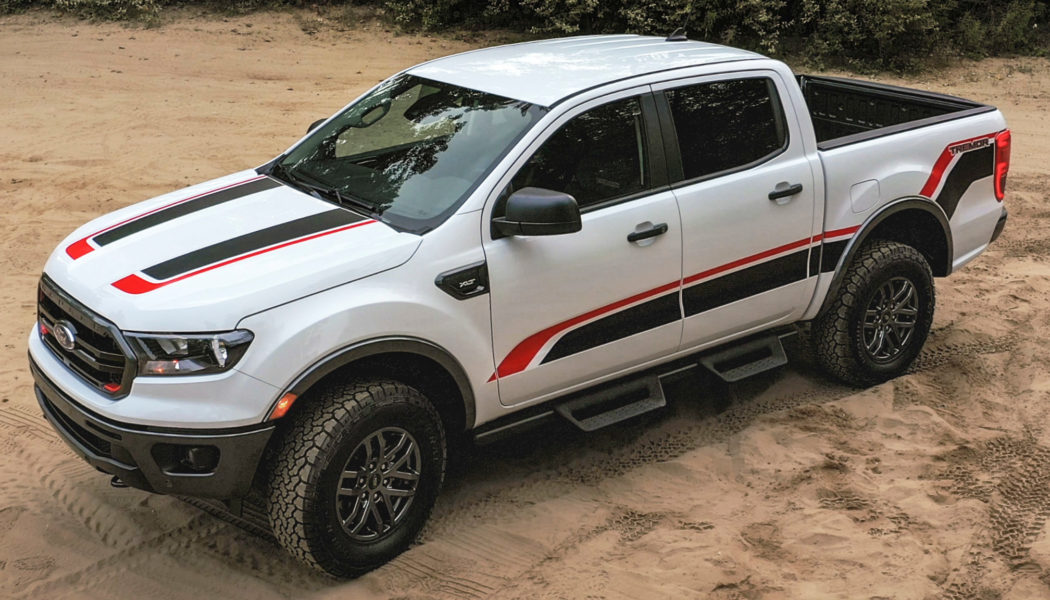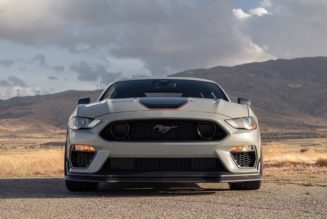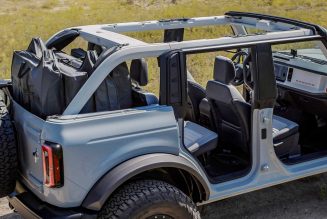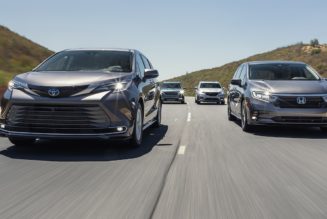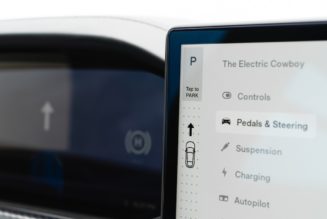We’ve just spent a week with a Ford Ranger Tremor, the off-roadiest version of Ford’s midsize Ranger pickup. We came away with these seven takeaways that every off-road-curious truck buyer considering a Tremor should stuff in their pocket.
1. Ranger Raptor? More Like Ranger ZR2
We’ve seen the Ford Ranger Tremor compared to the larger Ford F-150 Raptor (we’ve even made some ourselves), but that’s not quite fair, as a key ingredient in the Raptor formula—extra horsepower—just isn’t on the Tremor menu. Really, the Tremor’s closest analogue is the Chevrolet Colorado ZR2, a direct competitor which has been impressing us for years with its insanely good off-road ability.
2. …or Ranger Gladiator
Jeep’s hot Gladiator pickup had to be in Ford’s sights, as well, since the ZR2 and the Ranger Tremor certainly compete with the Gladiator in terms of off-road specs. The Ford’s ground clearance of 9.7 inches is only 0.3 inch less than the base Gladiator’s, although it can’t really touch the Gladiator Mojave‘s 11.6-inch figure. The Ranger Tremor’s approach angle isn’t as good—30.9 versus 40.8 degrees for the base Gladiator and 44.7 for the Mojave—but the Ford truck’s departure angle of 25.5 degrees equals the Gladiator Mojave’s and betters the base Gladiator’s. And no Gladiator can match the Ranger Tremor’s 24.2-degree breakover angle—which is even better than that of the Wrangler Unlimited.
3. The Tremor Is the Best Ranger
One of the things we don’t like about the regular Ranger is its ride, which we have likened (in comparison to its rivals from Chevrolet and Honda) to the vibrating heart-shaped bed at a no-tell motel. The upgrades to the Ranger Tremor include different shocks and rear springs, which make a massive improvement to ride quality as well as handling, making it our favorite version of the current-generation Ranger.
4. Towing and Hauling Capacity Don’t Suffer (Much)
A suspension optimized for off-roading is usually very different from one optimized for towing and hauling, and we expected similar trade-offs as those made in the Chevrolet Colorado ZR2. But Ford did its best to keep the truck’s work numbers up, and the Tremor Ranger doesn’t lose anywhere near as much hauling capacity as the ZR2. Furthermore, its towing number doesn’t change at all, so the Tremor will tow the same 7,500 pounds—half again as much as the Colorado ZR2.
5. The Side Steps are Pure Evil
The Tremor comes with buff metal rock rails with welded-on metal steps, which are set at the perfect height to batter the shins of our taller staffers. Shorter drivers appreciated the boost for ingress, but when getting out, every single person who drove or rode in the Tremor during our week of testing managed to scrape up the back of their legs—or at least make a mess of their pant legs—on the steps’ sharp edges. You either need to use the steps on the way out, which is awkward, or jump well clear, which is awkward and looks silly.
6. One Tremor Size Fits All—But Not All Wallets
The Ranger Tremor comes exclusively as a crew cab, while Chevrolet offers the Colorado ZR2 as either a crew cab or a shorter extended cab. But while the ZR2 is its own trim level, the Tremor is a package that can be added to either the XLT or Lariat trim levels. Combining the Tremor package (and its associated required option packages) with the XLT makes this a bargain of a truck, undercutting the Colorado ZR2, Jeep Gladiator Rubicon, and Toyota Tacoma TRD Pro by a significant margin, although they are all somewhat even more capable off-road.
7. It’s Worth Going Tremor Even if You Don’t Go Off-Road
We see little sense in upgrading to the Colorado ZR2 unless you’re going to take advantage of its (prodigious) abilities off-road. Given the fact that the Tremor package—it’s available on XLT and Lariat models—imbues the Ranger with a better ride, improves its looks and handling, and has a minimal impact on payload and none on towing, we think it’s well worth considering even if you won’t go any further off-road than a drunken jaunt onto your neighbor’s lawn. Just beware of those side steps.
